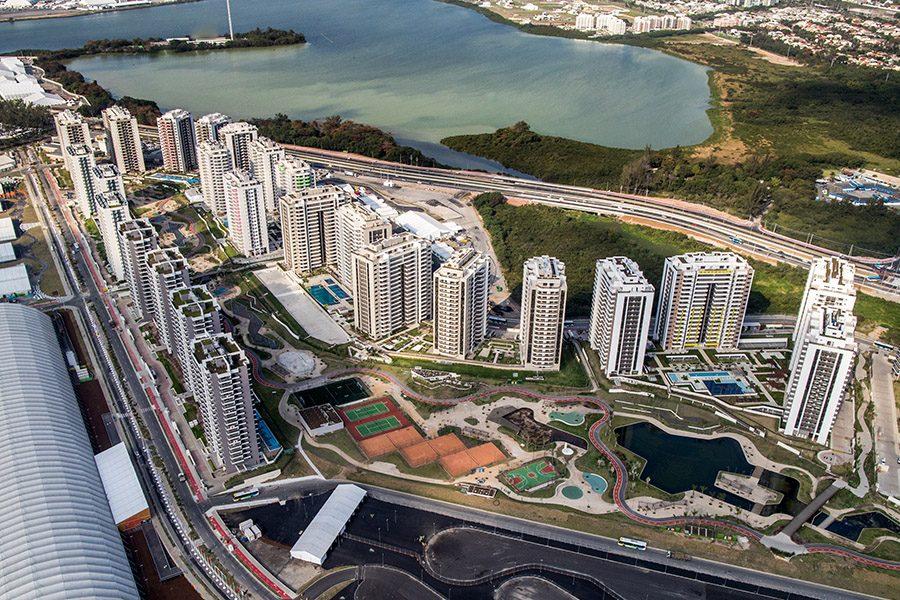Olympics: What happens when they’re gone?
The Rio Games over and now the question is what will Brazil do with its Olympic facilities?
It has been stated by officials that most of the structures that have housed the 2016 Olympic Games shall remain standing. The construction of the Games has left about 60,000 or more residents displaced from their homes in the Barra da Tijuca zone where the Games were held. As for cost Brazil spent 10 billion U.S. dollars on its construction and another 2 billion in its security. Following this, what will be done to use these facilities to their furthest efficiency for the City of Rio de Janeiro?
Originally the Rio Games were to be a symbol of coherence, though in construction of the Games it proved to be on the other side of the spectrum. This was due to the construction of a golf course on the Marapendi Natural Reserve, issues over congestion and pollution to waters through chemicals and debris. Now the fate of Rio’s Olympic infrastructure is to be determined, in which many of Rio deem to be positive.
The city shall shall make the Barra Olympic Park into a series of developments and parks for public use. The aquatic stadium shall be converted into two swimming centers for the community to use. Rio’s handball venues shall be torn down and its materials shall be used to provide small schools around the city. Though these promises seem hopeful they may not be entirely promising.
Following this it can be seen that some of the the Rio Olympic venues are to serve a separate purpose. For example the Olympic Village which has housed the athletes over the Games will be converted into 3,600 luxury apartments ranging around 700,000 U.S. dollars.
Looking at former Olympic venues such as the Athens Olympic Stadium from the 2004 olympics has been left to ruins after Greece’s economic debt crisis. Even more recently the Bird’s Nest stadium which held the 2008 Olympics. This structure was to be handed over to house the Beijing Guo’an football club who eventually rejected this offer after initially feeling discomfort due to the stadiums large housing size. This would result in the Bird’s Nest stadium to be left practically empty, costing millions of dollars yearly for maintenance.
Whether Rio shall succeed in meeting its goals is still to be determined. Though if the cities plans to convert and recycle its venues prove triumphant it still leaves many issues. Such as of the tens of thousands displaced by the construction of the only two week games, whom of which are mostly poor.



